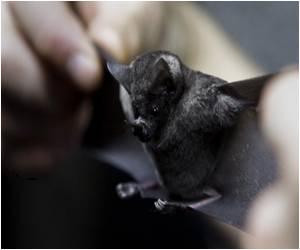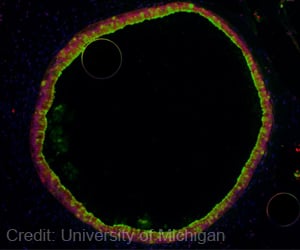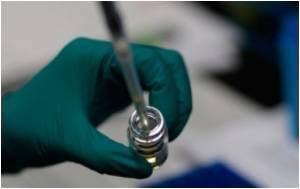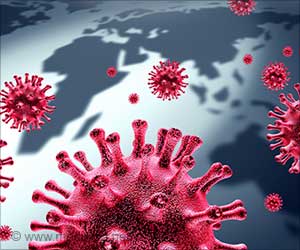According to a study the new coronavirus that has emerged in the Middle East is well-adapted to infecting humans but could potentially be treated with immunotherapy.

HCoV-EMC first came to light in June when it was isolated from a man in Saudi Arabia who died from a severe respiratory infection and kidney failure. Since that time, public health officials have identified an additional 10 infected persons, nine of whom had traveled in the Middle East and one who had recent contact with an infected person. The emergence of HCoV-EMC, which is related to the SARS virus, has raised concern that it may eventually lead to a pandemic much like the SARS pandemic of 2002-2003, which is estimated to have sickened over 8,000 people and killed 774 worldwide.
For the mBio® study, Thiel and his colleagues tested how well HCoV-EMC could infect and multiply in the entryways to the human lung using cultured bronchial cells manipulated to mimic the airway lining. The lining of the lung, or epithelium, represents an important first barrier against respiratory viruses, but they apparently don't put up a big fight against HCoV-EMC, says Thiel. He and his colleagues found that human airway epithelial cells are highly susceptible to HCoV-EMC infection and that the virus is able to multiply at a faster initial rate than the SARS virus.
"The other thing we found is that the viruses [HCoV-EMC, SARS, and the common cold virus] are all similar in terms of host responses: they don't provoke a huge innate immune response," Thiel says. This is an indication that HCoV-EMC is already well adapted to the human host and that the virus uses that same strategy other coronaviruses use for evading the host's non-specific immune mechanisms.
The authors asked themselves whether boosting this weak immune response might diminish the virus' ability to infect airway epithelial cells. They found that pre-treating the cells with lambda-type interferons, proteins that are released by host cells in response to infection and enable communication between cells to mount an immune response, significantly reduced the number of infected cells. This is encouraging from a treatment standpoint, note the authors, since interferons have also shown a good deal of promise for treating SARS and another viral illness, Hepatitis C.
Thiel and co-author Ronald Dijkman emphasize that their work with HCoV-EMC would not have been possible without the efforts of many different research groups from Switzerland, Germany, The Netherlands, and Denmark.
Advertisement
"We don't know whether the cases we observe are the tip of the iceberg," says Thiel. "Or whether many more people are infected without showing severe symptoms."
Advertisement














